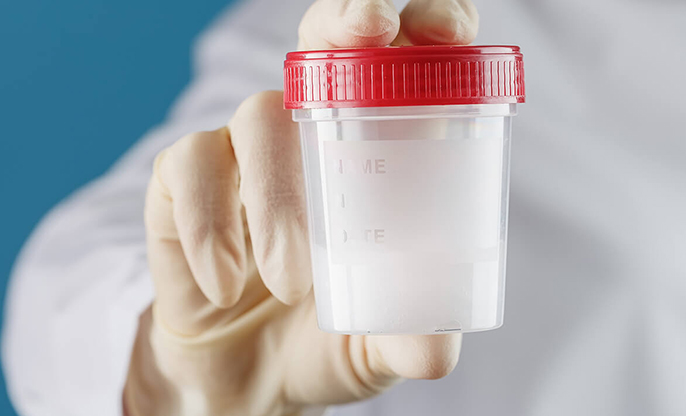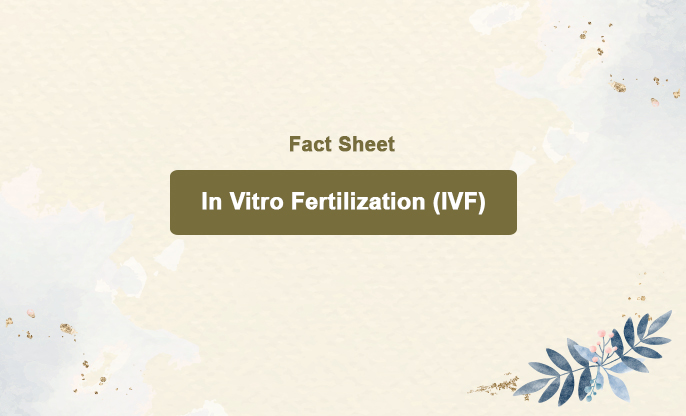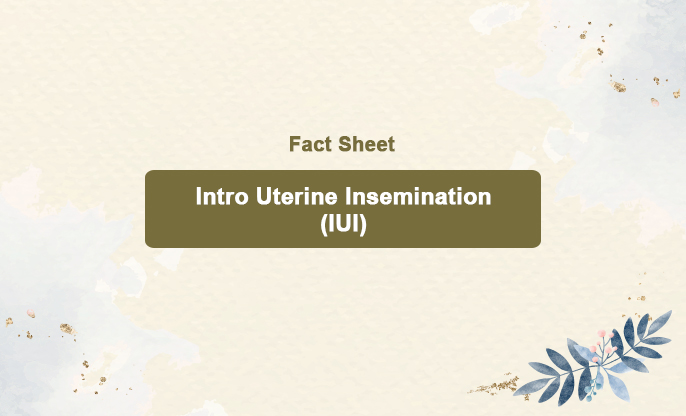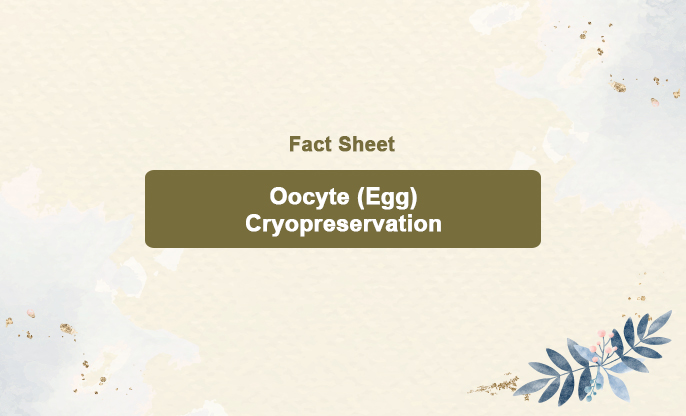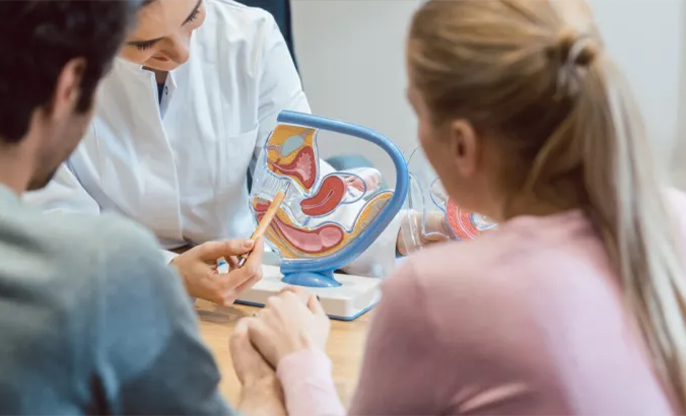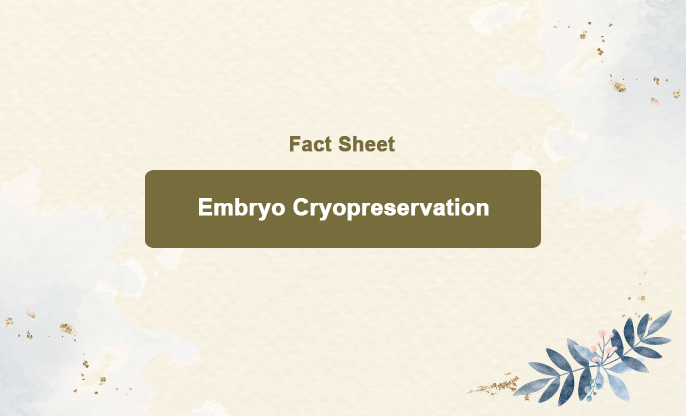
What is this?
Embryo cryopreservation, also known as embryo banking or embryo freezing, is the process of freezing one or more embryos for future use. This involves in vitro fertilization (IVF), a procedure where eggs are retrieved from a woman's ovary and fertilized with sperm in a laboratory to create embryos. These embryos are then frozen and can later be thawed and transferred into a woman's uterus. Embryo cryopreservation is a form of fertility preservation, particularly beneficial for women with cancer who wish to have children after undergoing treatments like radiation therapy, chemotherapy, or certain surgeries that may lead to infertility.
Why is it done?
Embryo cryopreservation can be done for several reasons
Those wishing to delay pregnancy for personal reasons, such as focusing on their career or other life events.
Individuals or couples undergoing IVF may choose to freeze surplus embryos, allowing for future pregnancy attempts without needing another cycle of ovarian stimulation and egg retrieval.
Women or men diagnosed with cancer who anticipate undergoing fertility-damaging treatments, such as chemotherapy or radiation, which are likely to reduce future pregnancy success post-treatment.
People who opt to donate embryos to other couples or individuals for third-party reproduction, or for medical research purposes.
Other procedures and interventions needed:
The process of embryo freezing involves several steps:
Hormone Injections: The female patient receives hormone injections to stimulate her ovaries.
Egg Retrieval: After 9-11 days, a reproductive endocrinologist retrieves the eggs while the patient is under mild sedation.
Fertilization: The mature eggs collected during an IVF cycle are fertilized in the lab using either partner or donor sperm.
Embryo Transfer:
Fresh Embryo Transfer: Depending on the patient's age and embryo quality, embryo(s) are transferred into the uterus during the same ovarian stimulation cycle to achieve pregnancy.
Freezing High-Quality Embryos: Any remaining high-quality embryos (blastocysts) are then frozen. If a fresh embryo transfer is not desired or planned, it is possible to freeze all high-quality embryos for later use.
Vitrification:
Preferred freezing (cryopreservation) method involving rapid freezing to avoid crystallization, which can damage cells and decrease embryo quality.
Another method, the slow freezing method, is less commonly used in most laboratories today.
Storage: Following the freezing process, embryos are stored in liquid nitrogen, where they remain viable indefinitely. All biological activity is on hold until the embryos are thawed for future use.
Advantages of Vitrification:
Increases an embryo’s likelihood of survival during both the freezing phase and subsequent thawing.
Can improve implantation rates and overall pregnancy success compared to the slow freezing method.
Efficacy:
Modern cryopreservation techniques, particularly vitrification, have significantly improved the survival rates of embryos, with up to 95% of embryos surviving the thawing process.

